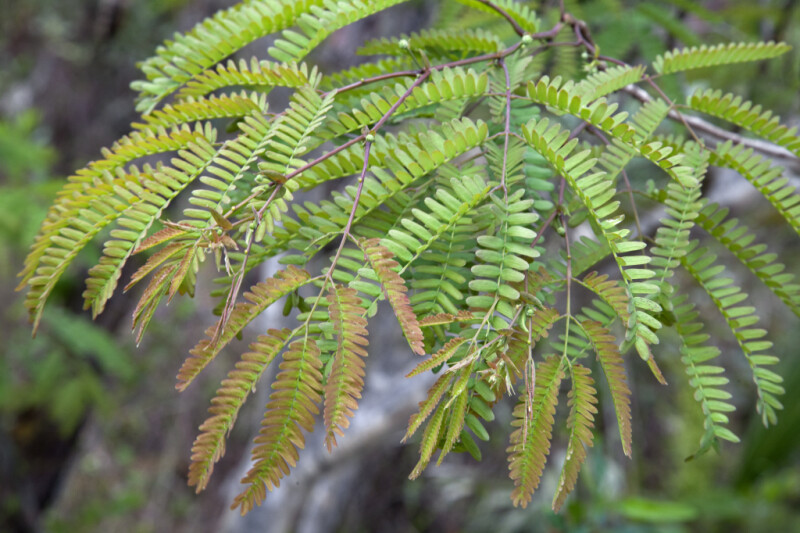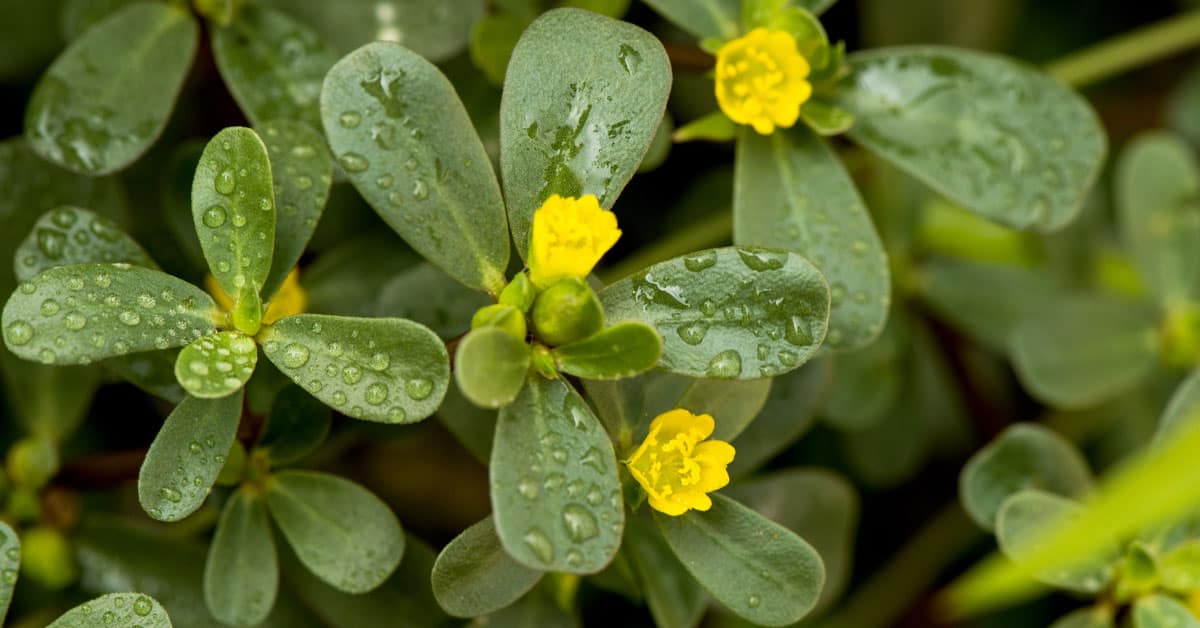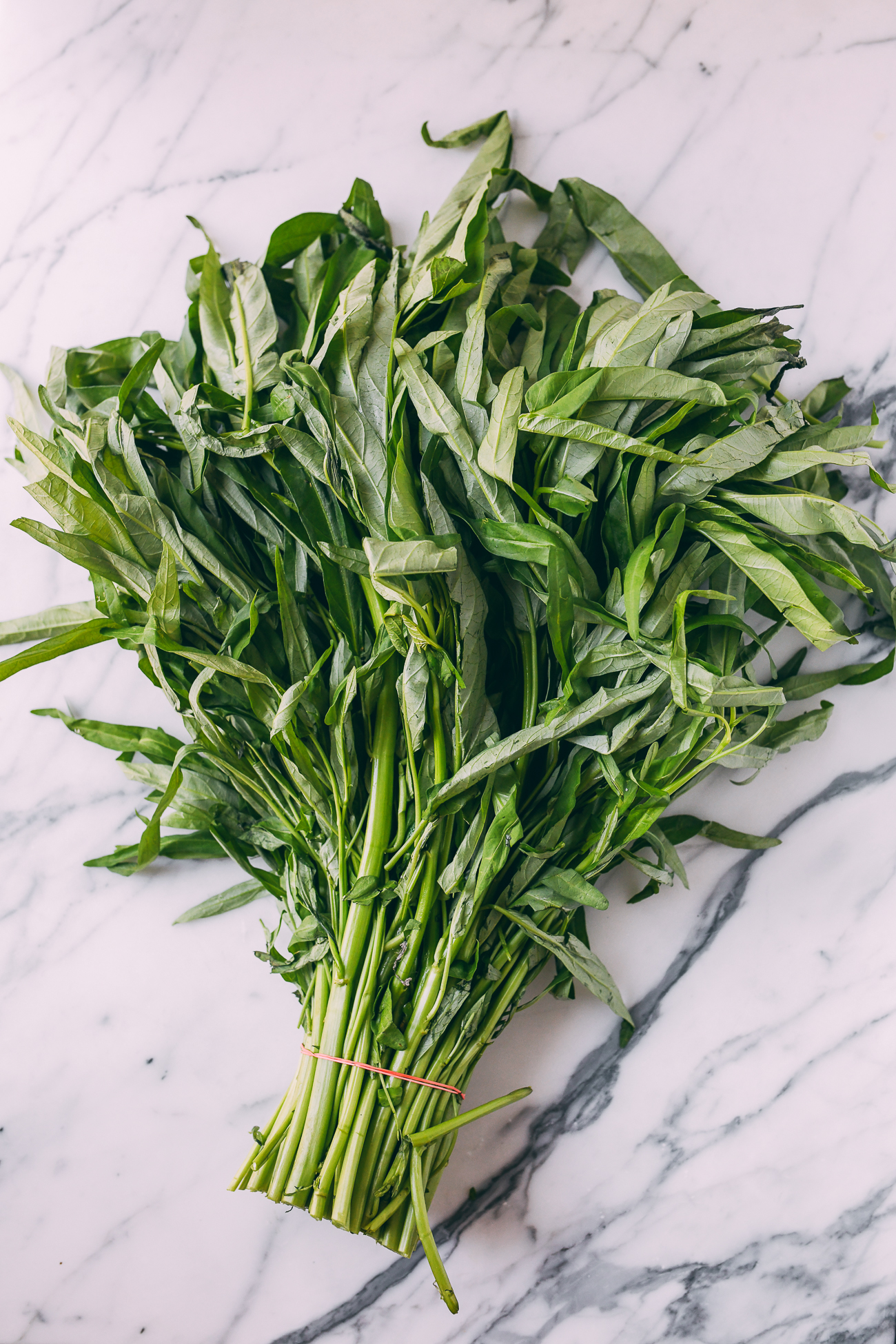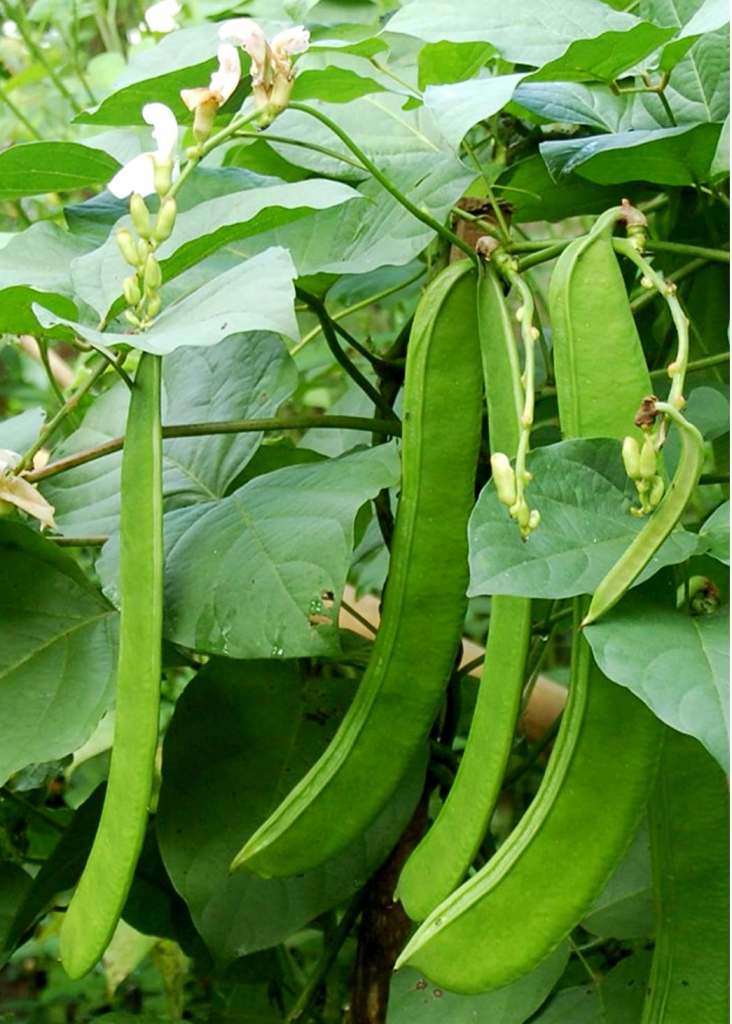India has a great diversity of vegetables, many of which are used in regional cooking and may not be so well-known outside of the region. From the stringy green jackfruit, used as a meat substitute, to the sour and iron-rich gongura, these vegetables abound with essential nutrients and antioxidants.
They are full of vitamins, minerals, and dietary fiber and provide many health benefits. These vegetables are not only nutritious but also versatile, complementing a wide range of savory and sweet dishes. Explore these regional delicacies that can elevate your meals while promoting a healthy, balanced diet.
1. Green Jackfruit (Kathal)

Green jackfruit is a great versatile vegetable, used as a meat substitute in vegetarian dishes. It is fibrous and absorbs flavors well and is therefore very good in curries and stir-fries. Rich in vitamins and minerals, it is a good source of dietary fiber.
2. White Pumpkin (Safed Petha)
This is another mild-flavored vegetable commonly used in most Indian sweets as well as savory dishes. It is less in calories but rich in water content; thus hydrating is at its finest. It is full of antioxidants and helpful to the system for proper digestion.
3. Lingru or Fiddlehead Fern
Lingru is a nutrient-dense fern found in Uttarakhand and Himachal Pradesh's hilly areas. It can be curried or pickled, thus it is popular due to its delicate flavor and healthy contents, rich in omega-3 fatty acids and antioxidants.
Also Read | Top 10 States in India with the Highest Literacy Rate
4. Gongura, or Sorrel Leaves
Gongura is a famous dish known for its sour taste. It contains loads of iron, vitamins, and minerals; thus, it's always included in dals and pickles. The leaves are also used to prepare one of the most famous chutneys, known as gongura pachadi.
5. Colocasia Leaves

The big heart-shaped leaves of the colocasia plant are used in a variety of regional dishes in India. They are made with gram flour and spices, rolled up, steamed, and then fried for a unique taste and texture.
6. Tamarind Leaves

Tamarind leaves are tart-tasting since they contain plenty of vitamin C. They add a pungent taste to most South Indian dishes, where these leaves are mostly used, in curries and chutneys.
Also Read | Top 10 Historical Monuments in India
7. Kulfa or Purslane

Kulfa is yet another succulent leaf that is often avoided due to its high amount of omega-3 fatty acids. It may be taken both raw and cooked and even has been given as some sort of treatment for centuries.
8. Anne Soppu (Water Spinach)

This leafy green vegetable grows well in wet conditions and is mild in flavor, good with garlic and spices. This is a nutrient-rich leafy green that is often used in stir-fries or chutneys across regions of India.
9. Sword Beans

These long, flat beans are not only visually appealing but also nutritious. They can be cooked like regular beans or added to stir-fries for an extra crunch. Sword beans are high in protein.
10. Clove Beans

Clove beans are named for their clove-like appearance. They are a fast-growing vegetable that can be harvested frequently. They are versatile in cooking and provide essential nutrients like calcium and iron.
Also Read | Top 10 Richest Countries in the World
Exploring these lesser-known vegetables will bring life to your cooking experience and contribute to a healthy diet.
From their own unique flavors to nutrient contents, they can add variety to a diet while providing many healthy benefits. From the taste of gongura that is sour to the dense texture of green jackfruit, these regional Indian vegetables boost cooking experiences and well-being. Use them and enjoy the flavor and your choice for healthy eating.
Also Read | Top 10 Poorest Countries in the World
Also Read | Top 5 Richest Chief Ministers of India
Comments
All Comments (0)
Join the conversation